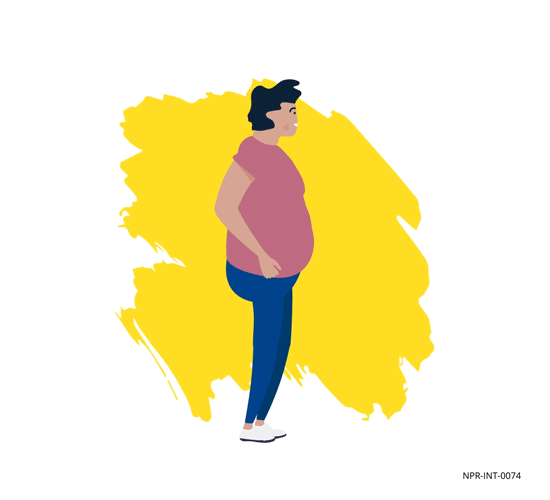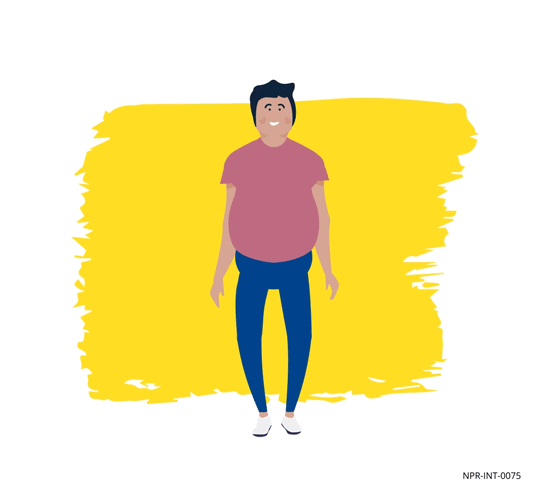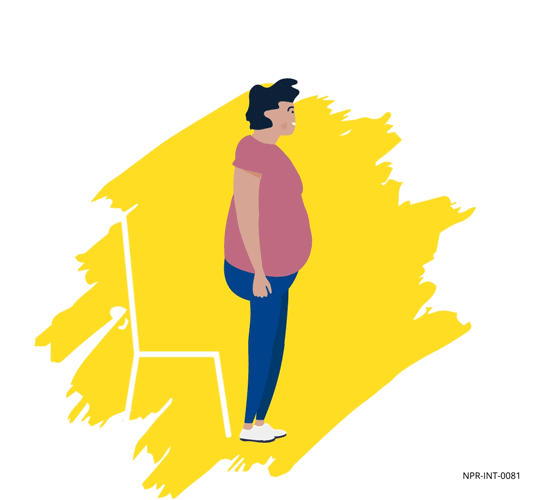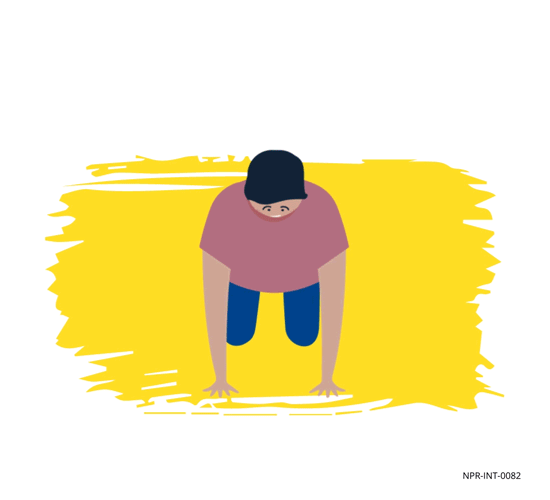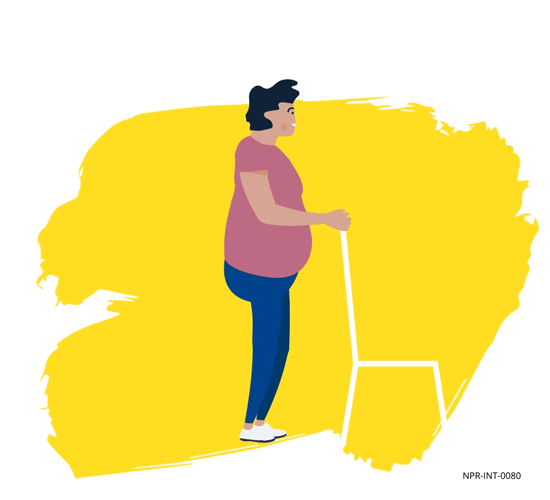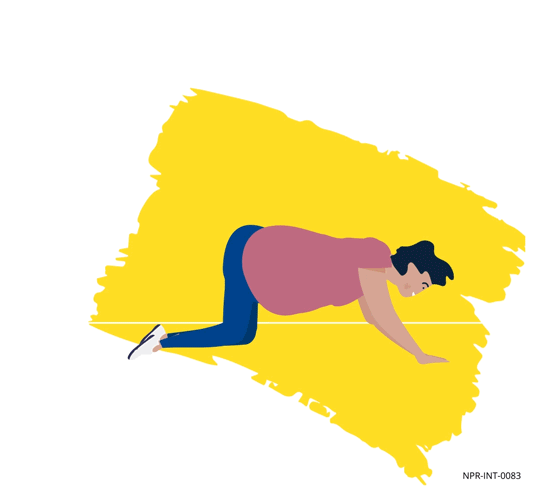This short guide has been designed for people living with Cushing’s syndrome. It contains a number of simple and effective exercises that can be done at home without the need for any equipment. The exercises are designed to help with rehabilitation, symptom relief and general health and wellness and have been developed in collaboration with a physiotherapist, The Cushing’s Collaborative Community and HRA Pharma Rare Diseases.*
*HRA Pharma Rare Diseases are not liable for any injury suffered due to practicing the exercises in this guide. Consult your treating physician, your physiotherapist or a personal trainer familiar with Cushing’s syndrome if you are unsure about how to complete the exercises safely.
